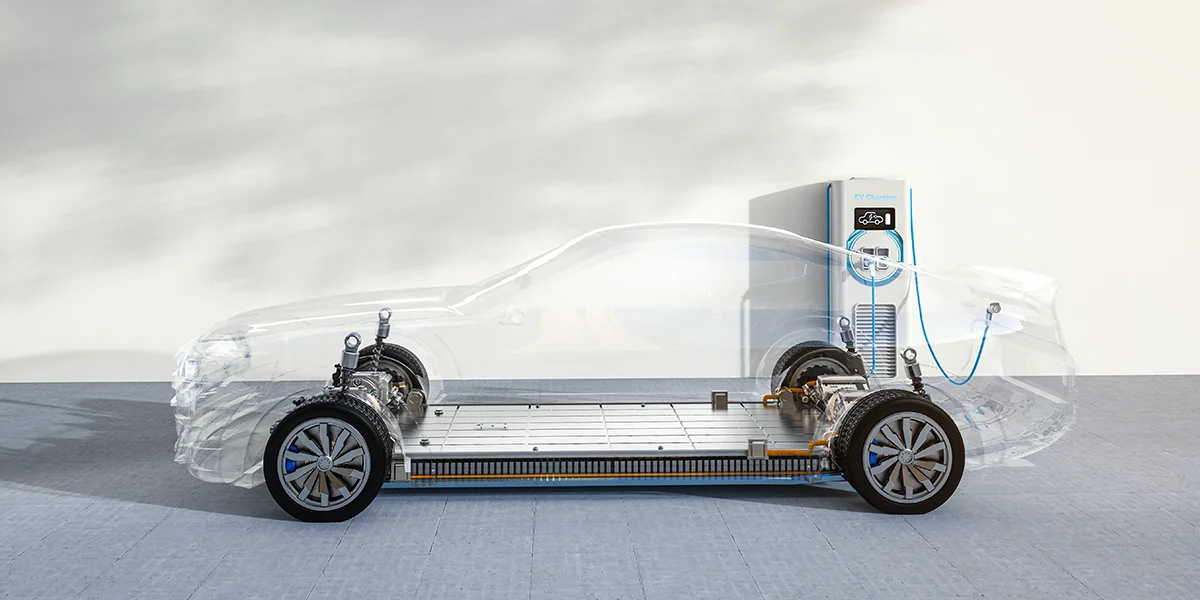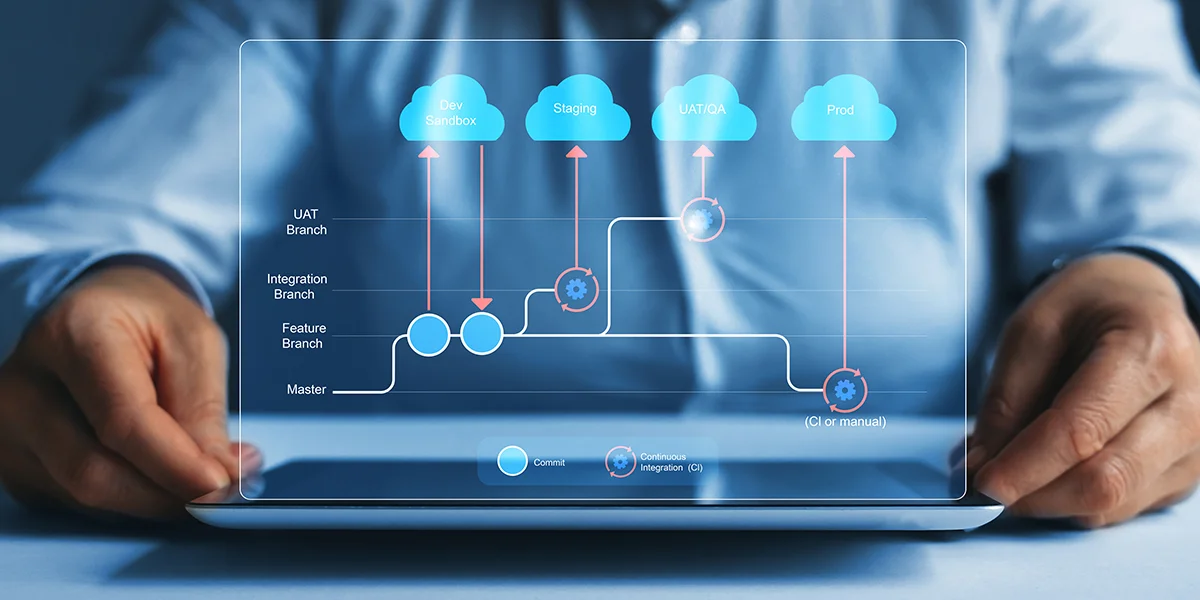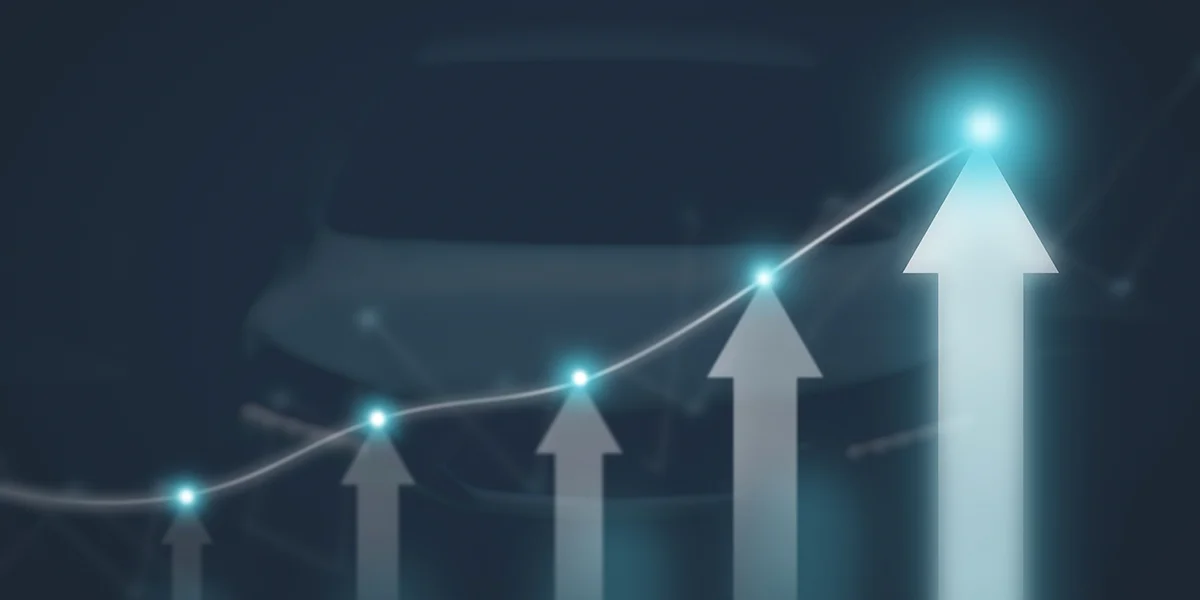Solid-state batteries are one of the latest in a long line of developments helping push electric vehicles (EVs) into the mainstream. No longer just a niche product for environmentally conscious consumers, EVs represent the future of transportation.
If widespread US adoption has been hindered by predictable and prevalent concerns—range, charging times, infrastructure, and upfront cost—solid-state battery technology offers a promising solution to address many of these issues. Here, we’ll explore how solid-state batteries work, their positive impact on the EV market, and the road ahead for this technology.
What Exactly Are Solid-State Batteries?
Traditional lithium-ion batteries create electrical energy by moving ions between positive and negative electrodes through a liquid electrolyte. These batteries are widely used in smartphones, laptops, and electric vehicles.
Solid-state technology replaces the liquid electrolyte with a solid electrolyte. This seemingly simple change offers profound advantages, including:
- Higher energy density – Packing more energy into the same space, allowing EVs to drive farther on a single charge.
- Greater safety – Solid electrolytes are non-flammable, significantly reducing fire risks.
- Longer lifespan – Solid-state batteries are less prone to wear and tear, extending their usable life.
- Faster charging – Improved ion transport can lead to more efficient charging cycles.
Solid-state technology mitigates many of the risks associated with traditional lithium-ion batteries (such as fire hazards), making it a safer and more reliable option. Additionally, these batteries maintain efficiency across a wide range of temperatures, making them well-suited for extreme climates.
Solid-state batteries mitigate many of the downsides associated with traditional lithium-ion batteries
Alleviating Range Anxiety
Range anxiety is a common concern among potential EV buyers. Many drivers fear running out of battery power, especially in remote areas where charging stations are scarce.
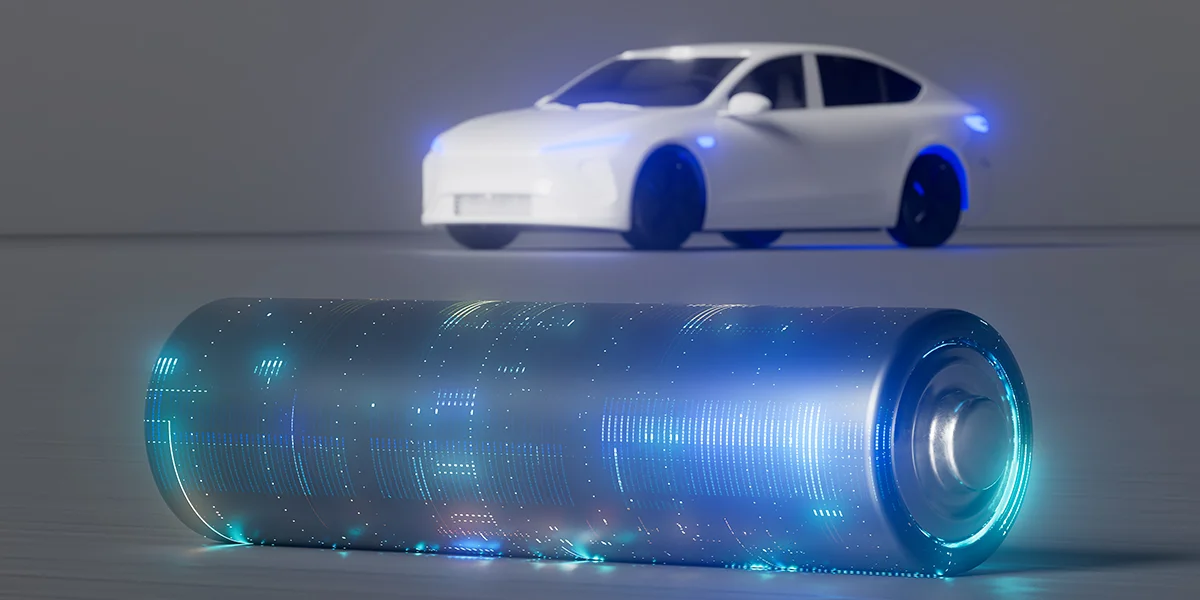
Solid-state batteries address this issue primarily through increased energy density. For example, Mercedes-Benz, in collaboration with Factorial Energy, is working toward a target of 450 watt-hours per kilogram (Wh/kg).
If achieved, this could enable EVs to reach 500-600 miles per charge, with potential advancements leading to even greater range. While this goal is ambitious, early commercial versions may fall in the 300-400 Wh/kg range, initially offering more moderate improvements in range.
Safety First: The Role of Solid Electrolytes
While rare, traditional lithium-ion batteries can experience thermal runaway, where excessive heat triggers chemical reactions that lead to fire hazards. Solid-state batteries eliminate flammable liquid electrolytes. While not entirely eliminating the risk of fire and overheating, the removal of flammable liquids significantly reduces the chance of fire.
This enhanced safety profile is appealing to consumers who prioritize reliability and peace of mind. While solid-state offers better stability, further testing is needed to ensure long-term durability under extreme conditions.
Alleviating Range Anxiety
Range anxiety is a common concern among potential EV buyers. Many drivers fear running out of battery power, especially in remote areas where charging stations are scarce.
Solid-state batteries address this issue primarily through increased energy density. For example, Mercedes-Benz, in collaboration with Factorial Energy, is working toward a target of 450 watt-hours per kilogram (Wh/kg).
If achieved, this could enable EVs to reach 500-600 miles per charge, with potential advancements leading to even greater range. While this goal is ambitious, early commercial versions may fall in the 300-400 Wh/kg range, initially offering more moderate improvements in range.
Automakers and tech companies are investing heavily in solid-state battery technology, signaling its transformative potential.
Faster Charging Times: Reducing Downtime with Solid-State Batteries
Charging time is another critical factor in EV adoption. Solid-state batteries provide faster ionic conductivity, potentially reducing charging times. Some prototypes aim to charge from 0% to 80% in 15-20 minutes, though real-world performance will depend on factors such as thermal management and charging infrastructure capabilities.

A 15-minute charge is an ambitious goal and initial commercial models may still require 20-30 minutes for an 80% charge. Future improvements in battery chemistry and charging stations will determine whether ultra-fast charging can become widely available.
Economic and Environmental Benefits
Solid-state batteries offer long-term cost benefits and environmental advantages, but early production will be significantly more expensive than lithium-ion batteries due to complex materials and manufacturing challenges. Cost reductions will depend on scaling production, improving supply chains, and optimizing manufacturing processes. Experts estimate that cost parity with lithium-ion batteries may not occur until the early-to-mid 2030s.
From an environmental perspective, solid-state batteries have the potential to be more sustainable by reducing reliance on materials like cobalt. However, their actual impact depends on supply chain improvements and recycling advancements. Initial production methods may not be significantly greener than lithium-ion batteries, but future refinements could enhance sustainability.
Current Developments in Solid-State Batteries
Automakers and tech companies are investing heavily in solid-state battery technology:
- Honda – Established a demonstration facility in Japan to develop solid-state batteries, with production targeted for the late 2020s.
- Stellantis – Partnering with Factorial Energy, aiming for early-stage solid-state-equipped EVs between 2027 and 2030.
- Mercedes-Benz – Collaborating with Factorial Energy, working toward a target of 450 Wh/kg, with production likely by the early 2030s.
While these initiatives highlight the industry’s commitment to advancing battery technology, mass-market adoption is unlikely before 2032-2035.
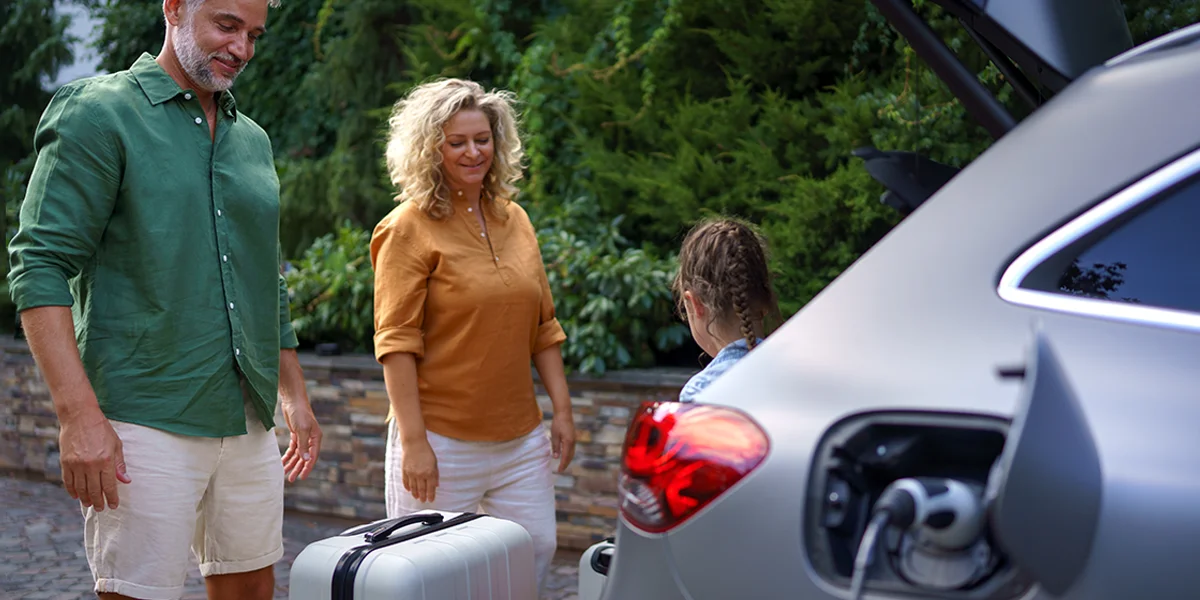
Challenges to Overcome
Despite their promise, solid-state batteries face several key challenges before achieving widespread adoption:
- High Production Costs – Early solid-state batteries will be expensive, with cost parity not expected until the early-to-mid 2030s.
- Manufacturing & Scaling – Large-scale production requires significant infrastructure investment and supply chain adaptation.
- Durability & Longevity Testing – More real-world testing is needed to confirm long-term performance under various conditions.
- Raw Material Constraints – Sourcing and processing solid-state materials present challenges, including geopolitical and environmental concerns.
- Charging Infrastructure – Faster charging will depend on developing high-power charging networks and improving battery thermal management.
- Regulatory Approval – Solid-state technology must meet global automotive safety standards before widespread use.
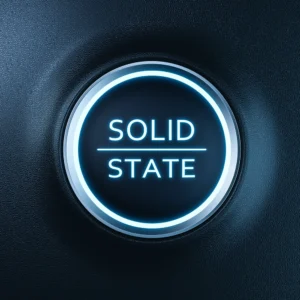
The Road Ahead for Solid-State Batteries
Solid-state batteries represent a major breakthrough for the EV industry. By addressing range anxiety, safety concerns, charging times, and sustainability, they could remove many of the barriers to EV adoption.
However, realistic expectations are crucial:
- 2027-2030: Limited introduction in luxury/high-performance EVs.
- 2030-2035: Gradual adoption in premium and mid-range EVs.
- 2035+: Widespread availability across the EV market as costs decrease.
While lithium-ion batteries will continue to dominate the market in the near term, solid-state technology will likely become mainstream in the early-to-mid 2030s. As research and investment continue, the transition to solid-state EVs will redefine the automotive landscape, providing a safer, more efficient, and more sustainable driving experience.
